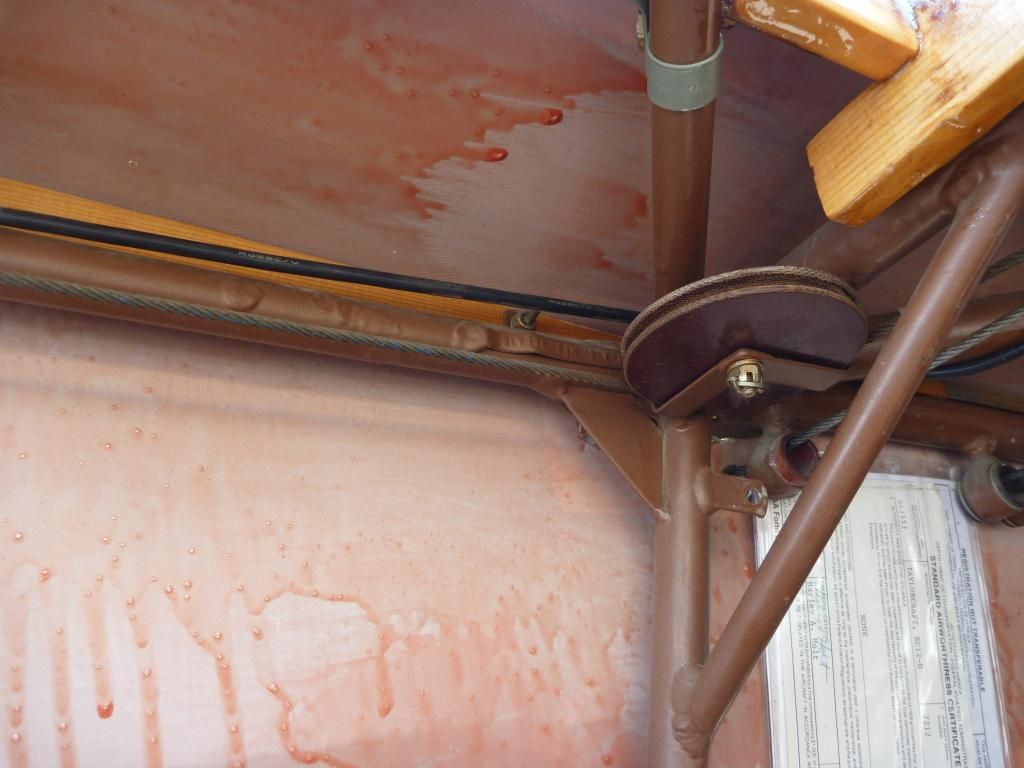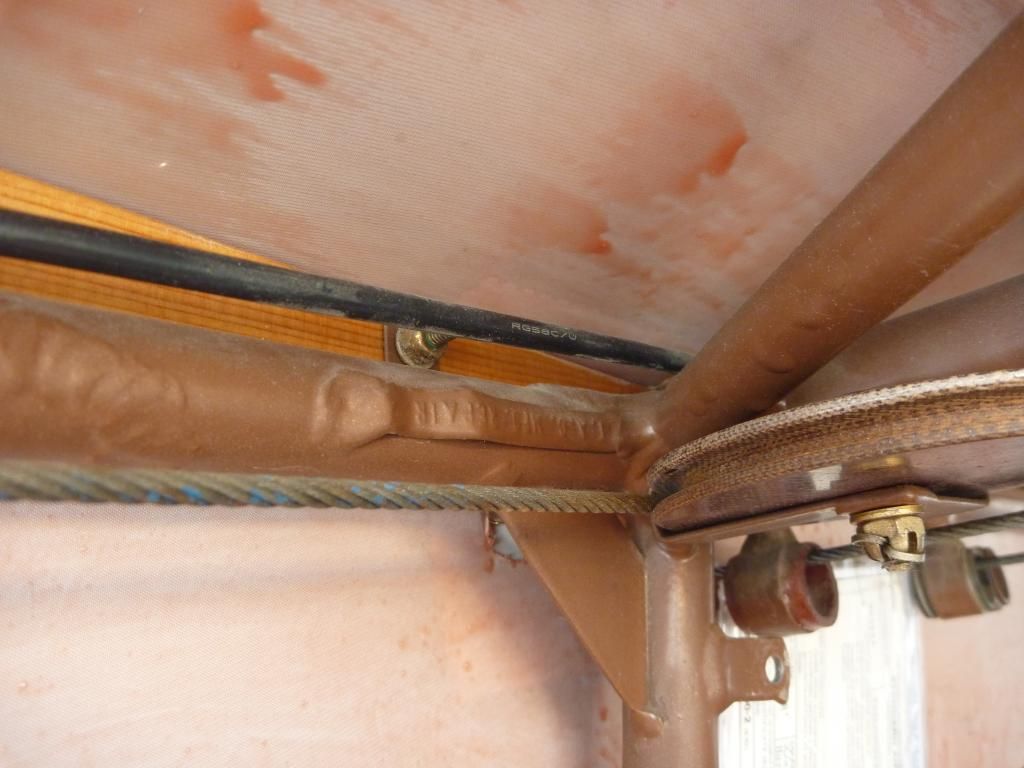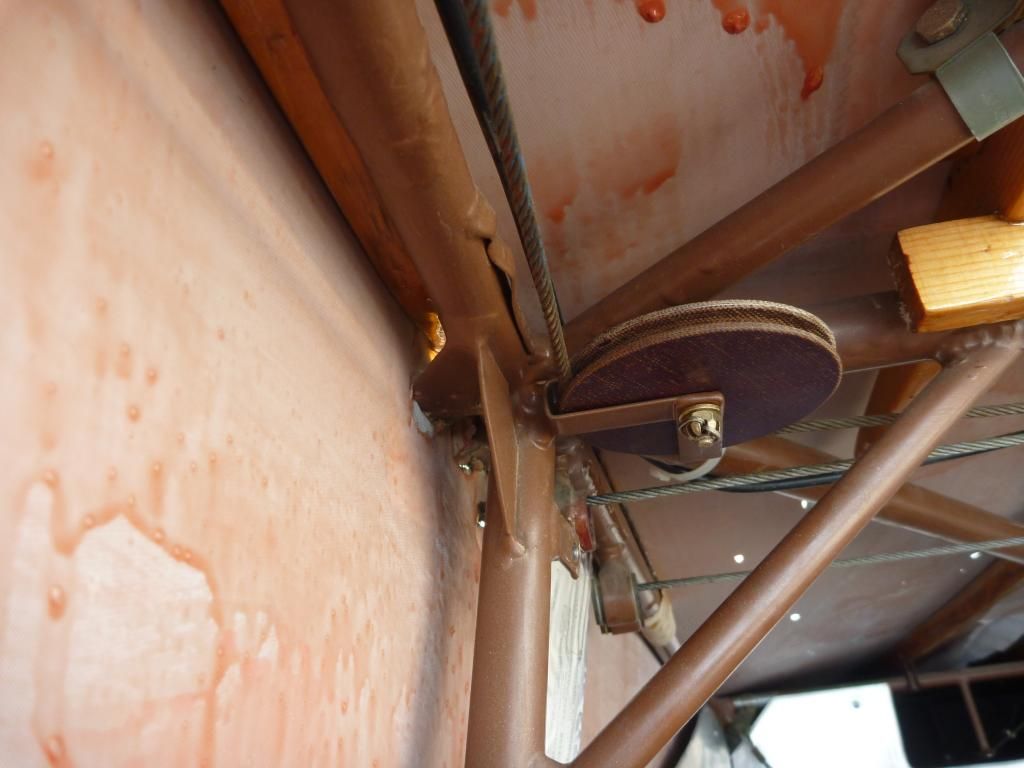Long story short I am looking for some engineering drawings that detail the right rear spar to fuselage attach fitting. This summer I did some looking into why my plane is well on the slow side. It seems the most likely cause is a misalignment of the right rear spar to fuselage attach fitting. While looking at the structure I found a tag welded on to the fuselage tubing inside the cockpit, near the attach point. The tag is upside down but reads "T.A.C. M.F.G. Repair". I've attached some pics below. I haven't come across an explanation of this in the log books and I wonder if the frame was damaged on the assembly line and rather than make a note in a new log book the repair was noted with the metal tag. I think the fitting is off by a significant distance causing both wings to be washed fully in opposite directions and the plane to cruise far slower than it should. I have spoken to my mechanic about rewelding the fitting and he would like to see some engineering drawings to get confirmation of the problem.
Thanks,
Shaun



Thanks,
Shaun





Comment